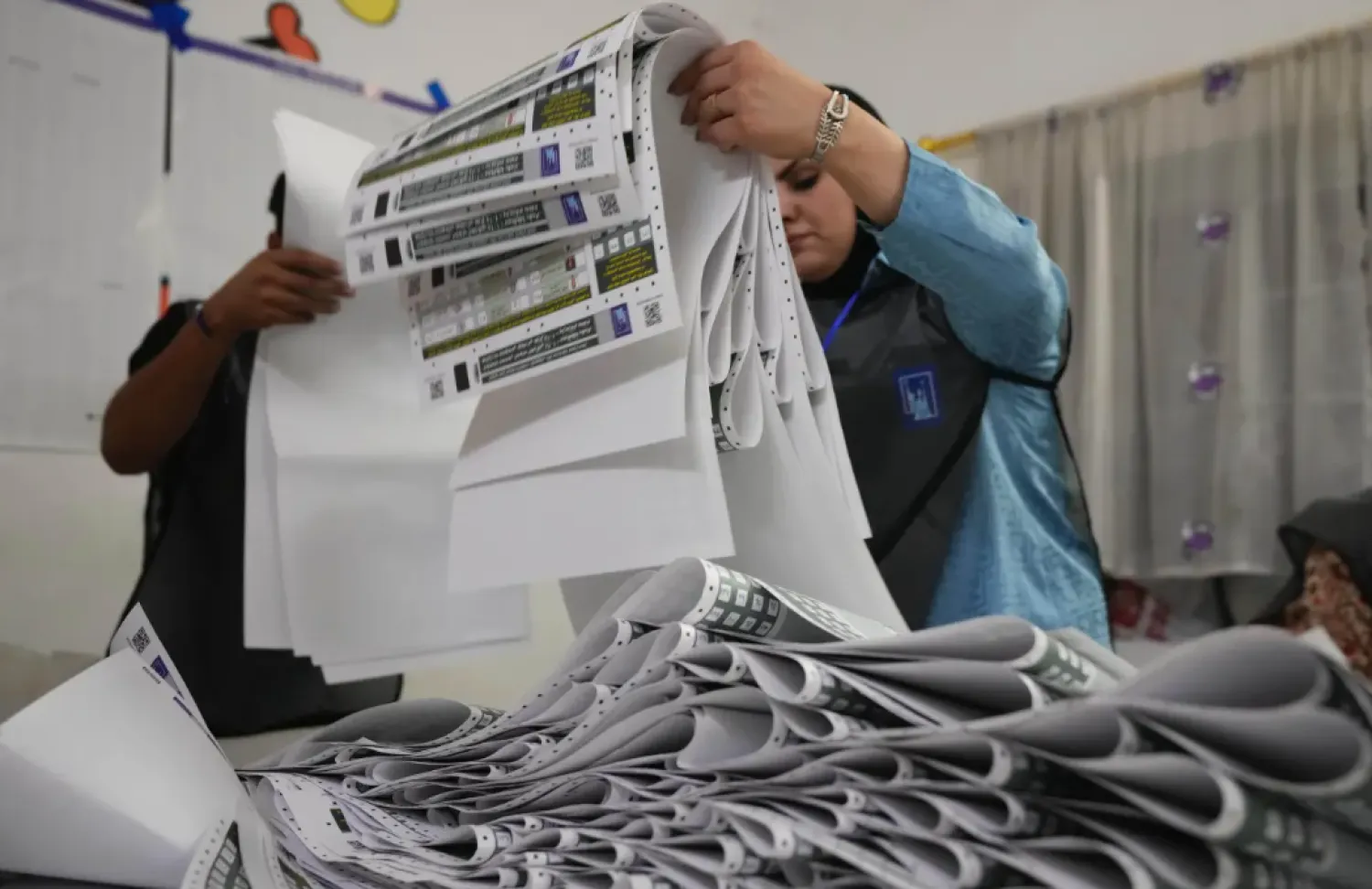The European Union has reconfirmed rejection to normalization with the Syrian regime, to reconstruction and to lifting of sanctions until a political solution in line with UN Security Council resolution 2254 is firmly underway.
“Yesterday marked 11 years since the beginning of the tragic and bloody conflict in Syria,” said High Representative of the European Union for Foreign Affairs and Security Policy, Josep Borrell.
“Unfortunately, the conflict continues still today, and the humanitarian needs are at their highest with 14.6 million Syrian people in need of assistance inside and outside of the country. Syrian refugees constitute the largest displacement crisis in the world with 5.7 million registered refugees. Another 6.9 million Syrian nationals are displaced within Syria.”
He went on saying that “the Syrian people remain a priority for the European Union. The international community must keep up the search for a durable and comprehensible political solution in Syria, and the European Union remains fully committed to this goal.”
“At their meeting with UN Special Envoy Geir Pedersen at the Foreign Affairs Council on 24 January, EU Foreign Ministers restated their unity and reconfirmed the EU’s position: no normalization with the Syrian regime, no reconstruction and no lifting of sanctions until a political solution in line with UN Security Council resolution 2254 is firmly underway.
At the same time, the European Union continues to support the efforts of UN Special Envoy Pedersen, including his “steps-for-steps” approach, and remains committed to the unity, sovereignty and territorial integrity of the Syrian state.”
Borrell noted that on 10 May, “the European Union will co-chair with the UN a sixth Brussels Conference on Supporting the Future of Syria and the region, with the participation of governments, international organizations and Syrian civil society.”
The European Union and its Member States remain the largest provider of international aid and deliver humanitarian, stabilization, and resilience assistance inside Syria and in neighboring countries.
Last year the EU as a whole pledged €3.7 billion in total for 2021 and beyond. Since 2011, the EU and its Member States have mobilized over €25 billion for the conflict in Syria, according to Borrell.
“Eleven years have passed on the US-backed terrorist aggression on Syria that mainly aimed to obstruct its economic development, shed blood of Syrian youths and destroy its achievements and infrastructure,” SANA reported, citing Syria’s Ministry of Foreign Affairs and Expatriates.
On Wednesday, France, Germany, Italy, the United Kingdom, and the United States of America released a joint statement on the occasion of the 11-year anniversary of the beginning of the Syrian conflict.
“It is past time for the regime and its enablers, including Russia and Iran, to halt their ruthless attack on the Syrian people,” the statement read.
“The coincidence of this year’s anniversary with the appalling Russian aggression against Ukraine” they said, “highlights Russia’s brutal and destructive behavior in both conflicts.”
“We do not support efforts to normalize relations with the Assad regime and will not normalize relations ourselves, nor lift sanctions or fund reconstruction until there is irreversible progress towards a political solution.
We encourage all parties, especially the Syrian regime, to participate in the March 21 meeting of the Constitutional Committee in good faith and call for the Committee to deliver on its mandate.”









